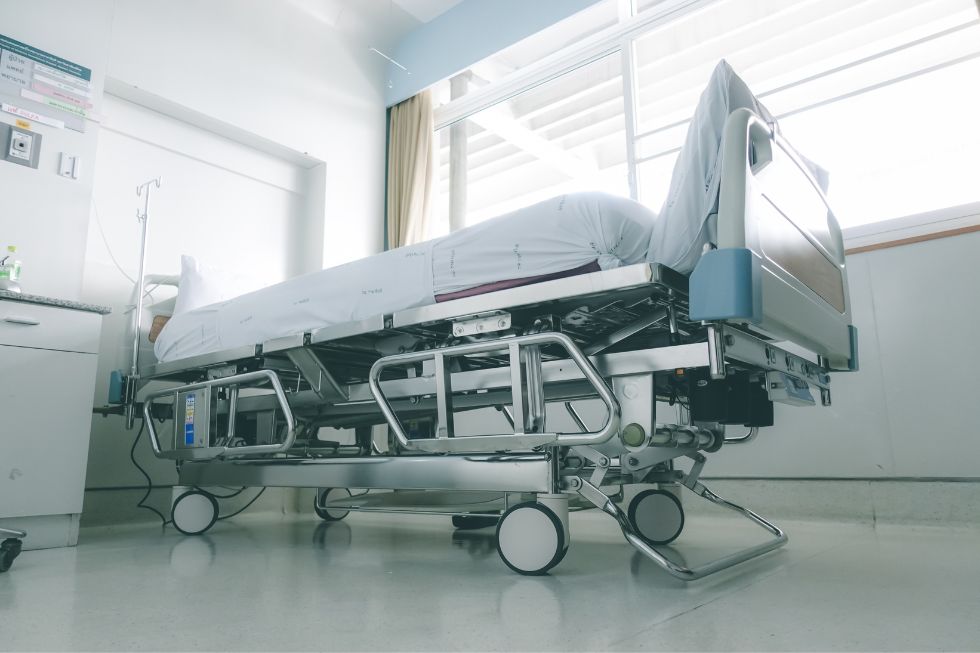Hospital beds and ICU beds are critical components in the continuum of patient care within healthcare facilities. The differing designs make them each more suited for routine care of life-threatening conditions. Learn how hospital beds differ from ICU beds to understand how this specialized equipment promotes recovery and intensive care.
ICU Beds Have More Features
Typical hospital beds have versatile designs, providing basic adjustability in height, head, and foot sections to accommodate various patient conditions. These beds offer the essential comfort and functionality required for general patient care. They facilitate non-critical care, such as routine treatments and patient examinations.
ICU beds support comprehensive critical care needs, integrating advanced features to handle complex medical scenarios. They often include specialized functions for precise positioning, integrated scales for constant weight monitoring, and ports for supporting life-sustaining equipment. Each component works to maintain the patient’s vital functions with maximum efficiency.
Comfort and Mobility vs. Support and Monitoring
Hospital beds emphasize support for patient comfort and support mobility as a pivotal aspect of the healing process. They enable patients to adjust their position and allow caregivers to help patients move in and out of bed safely. Such mobility is conducive to reducing recovery times and improving overall patient well-being.
Although ICU bed manufacturers also consider patient comfort, ICU bed designs focus on patient stability and seamless access for continuous monitoring and intensive care interventions. With a less pronounced emphasis on mobility, these beds often possess features like multi-sectional surfaces to reduce pressure points, which is critical for bedridden patients.
Cost and Maintenance
Because they are less complex, hospital beds are generally more affordable and easier to maintain than their ICU counterparts. Their simpler design requires less specialized training for staff and they can more readily replace or repair them, making hospital beds a cost-effective option for many healthcare facilities.
ICU beds require a more substantial investment. The sophisticated technology and advanced features that make these beds so vital for critical care also make them significantly more expensive to purchase and maintain. Regular training for healthcare professionals is necessary to ensure the effective use and upkeep of ICU beds, adding to the operational costs. However, this investment is essential for caring for patients in critical condition.
Hospital and ICU beds serve distinct roles within healthcare facilities, tailored to meet the specific needs of patients under different care conditions. Hospital beds differ from ICU beds by emphasizing adjustability and mobility to support general patient care. On the other hand, an ICU bed features critical care support, focusing on patient stability and continuous monitoring. Understanding the differences between these beds is crucial for ensuring patients receive appropriate care and support throughout their recovery process.
Piedmont Medical is proud to offer Stryker ICU beds that support responsive care. Simple controls allow healthcare professionals to reposition patients swiftly in emergencies or adjust patients gradually to improve comfort and recovery. Shop with us today for professionally reconditioned ICU beds with full functionality at a portion of the price of a new ICU bed.


Recent Comments